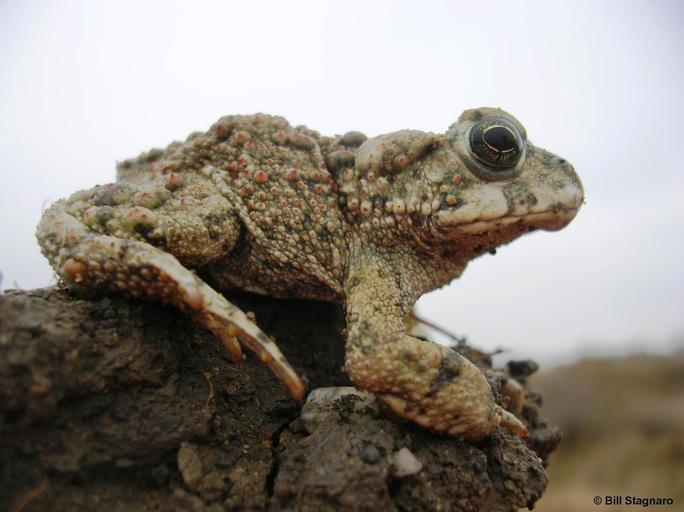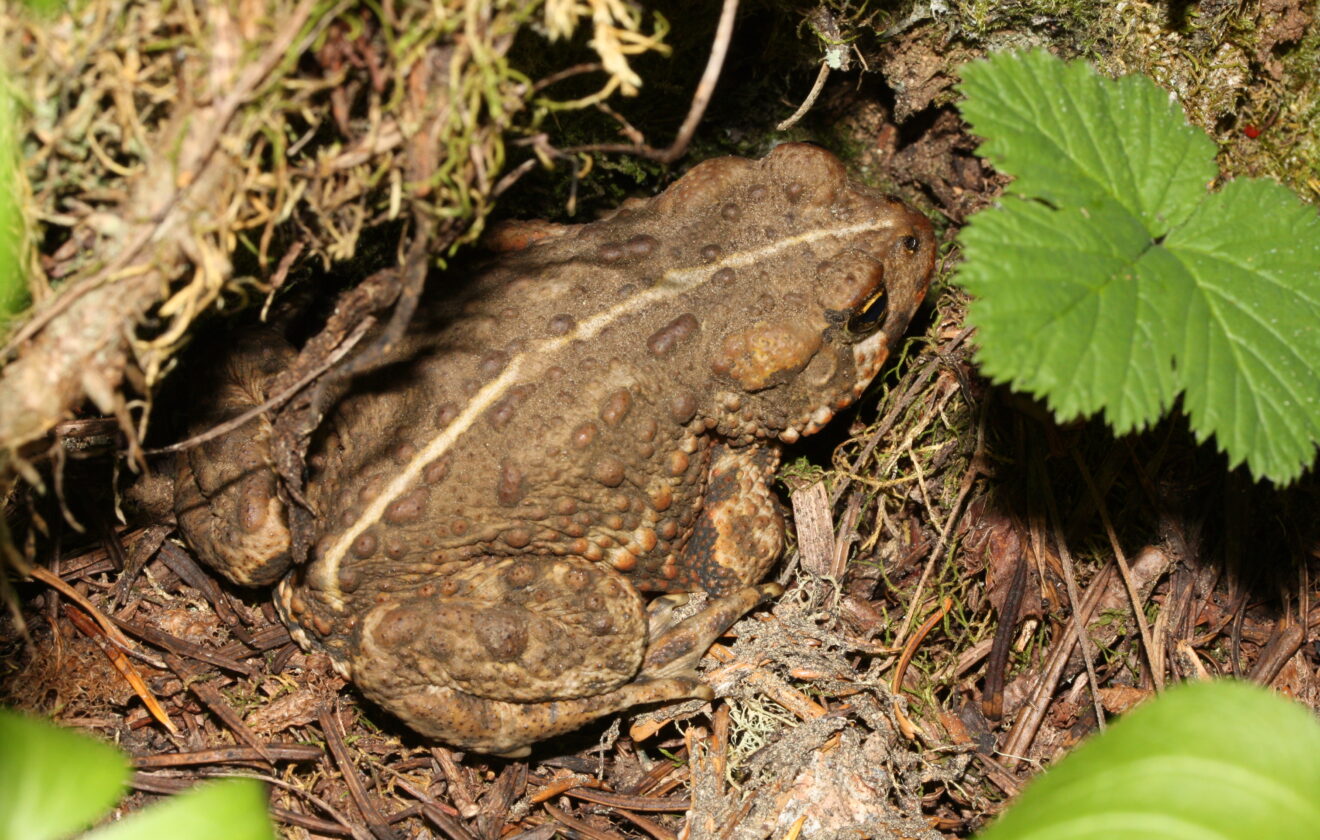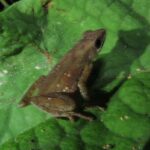- Introduction: Meet Anaxyrus boreas, the Resilient Western Toad
- Taxonomy and Classification
- Natural Habitat: A Mosaic of Forests, Streams, and Mountains
- Physical Characteristics: Quiet Elegance, Bold Adaptations
- Behavior and Life Cycle: A Dance of Survival and Renewal
- Ecological Role: Guardian of the Forest Floor
- Threats and Conservation Status: A Fragile Balance Under Threat
- Cultural and Scientific Significance
- Conclusion: Celebrating the Quiet Hero of the Forest
Introduction: Meet Anaxyrus boreas, the Resilient Western Toad#
In the quiet shadows of the Pacific Northwest’s forests and the shimmering banks of mountain lakes, a humble amphibian plays out its vibrant yet seldom-noticed life. The Western Toad, scientifically known as Anaxyrus boreas, brings quiet charm and ecological balance to the regions it inhabits. With its subtle colors of earth and moss, this amphibian blends seamlessly into its forested surroundings, making it easy to overlook despite the essential role it plays. But delve a bit deeper, linger a moment longer, and you’ll discover a fascinating creature whose life embodies adaptation, ecological significance, and conservation urgency.
When faced with danger, this resilient amphibian astonishingly inflates its body, stands tall, and secretes milky toxins from glands behind its eyes—a bold demonstration that warns predators, “Think twice before seizing me.” Such behaviors remind us of the hidden stories that nature quietly narrates, finding beauty and ingenuity in even the simplest beings.
Taxonomy and Classification#
Anaxyrus boreas, previously known under the genus Bufo, belongs to the Bufonidae family, a diverse and globally distributed family recognized by their characteristic rough skin and prominent parotoid glands behind their eyes. Within Bufonidae, the genus Anaxyrus represents North American toads, distinguished from true frogs not only by their warty skin but also by their terrestrial inclinations and different body proportions.
Two recognized subspecies of Anaxyrus boreas exist: the widespread Western Toad (Anaxyrus boreas boreas) and the Amargosa Toad (Anaxyrus boreas nelsoni), a geographically isolated and highly endangered subgroup dwelling primarily around Amargosa Valley in Nevada. These subspecies illustrate the profound adaptability and divergence within a single species subjected to varying landscapes and selective pressures.
Natural Habitat: A Mosaic of Forests, Streams, and Mountains#
Spanning a geography rich in ecological diversity, Anaxyrus boreas inhabits regions across western North America, from southeastern Alaska down through British Columbia, the Pacific Northwest of the United States, and into California, Nevada, and even portions of Montana and Colorado. Its broad distribution illustrates remarkable adaptability, thriving in habitats ranging from sea-level coastal forests to alpine meadows perched thousands of feet higher in mountain elevations.
Each location reflects the toad’s basic requirements: access to moisture, vegetative cover for protection, and suitable aquatic breeding grounds. Thus, the species favors damp woodlands, meadows adjacent to streams or lakes, and wetlands on the edge of cooler temperate forests. It’s not uncommon during early spring and summer months to observe a quiet congregation of Western Toads moving silently among wetland grasses, their camouflaged forms melting seamlessly into logs covered in a plush carpet of moss.
This affinity for riparian habitats becomes clear when examining how this amphibian interacts with its environment. Toadlets fresh from their aquatic nurseries commonly harbor on shaded shores rich in algae and detritus, finding both shelter and ample insect prey. Adults remain primarily terrestrial but never stray far from moisture, indicating the delicate balance between terrestrial and aquatic influences vital for their survival.
Physical Characteristics: Quiet Elegance, Bold Adaptations#
Upon first glance, Anaxyrus boreas offers subtle visual cues—earthy tones, modest size, wart-like bumps dotting their backs. Typically, adults range from 5 to 13 centimeters in length, with females tending to reach a slightly larger size, reflecting their reproductive strategies.
The toad’s coloration—various shades of brown, green, gray, and olive—acts as excellent camouflage, often littered with darker blotches that echo the shadows and textures of leaf litter or rocky, moss-covered terrain. However ordinary it may seem, this coloring is a marvel; the careful observer may marvel at the intricate patterns formed, thousands of evolutionary steps fine-tuning an amphibian’s camouflage to near-perfection.
Like many Bufonids, Anaxyrus boreas possesses enlarged parotoid glands behind its eyes, secreting a defensive toxin effective against many predators. Though harmless to humans—albeit potentially irritating if handled improperly—this toxin deters would-be assailants, allowing the humble Western Toad to survive and thrive in ecosystems replete with predator pressure.
Behavior and Life Cycle: A Dance of Survival and Renewal#
Feeding Habits and Survival Strategies#
In the delicate narrative of the forest, the Western Toad plays a quiet yet significant predator role, venturing forth primarily in twilight hours and into the calm embrace of the night. An opportunistic feeder, it hunts insects, spiders, slugs, and earthworms, using its adhesive tongue to ambush and swiftly capture prey. This predator-prey dynamic underscores Anaxyrus boreas’ subtle yet compelling contribution to managing insect populations and maintaining vibrant forest ecosystems.
Breeding Rituals and Amphibian Song#
With the arrival of spring rains and warmer temperatures, Western Toads embark on an annual migration to traditional breeding sites. Males arrive first, eagerly awaiting females as they cradle the midnight air with soft yet sustained chirps and trills—courtship calls easily mistaken for bird or insect sounds for an uninitiated ear.
During breeding season, thousands of eggs are deposited in gelatinous strings, coiled along shallow pond margins or slow-moving streams. As they hatch, tadpoles cloaked in dark pigment drink sunlight near the warm surface waters and mature slowly into terrestrial toadlets. This transformation process, from aquatic tadpole to terrestrial young toad, encapsulates one of nature’s often-overlooked miracles, with these tiny creatures dispersing outward from their natal pools to settle new territories.
Ecological Role: Guardian of the Forest Floor#
As both predator and prey, Anaxyrus boreas contributes heavily to the delicate balance inherent within terrestrial and aquatic ecosystems. The Western Toad acts as an essential regulator of insect populations, its appetite sustaining healthier vegetation and crop systems. Equally important, these toads serve as prey items themselves, feeding larger predators including snakes, small mammals, raccoons, birds, and even large insects and spiders, weaving a dense web of ecological interdependence.
This relationship illustrates the Western Toad’s crucial role as an indicator species, its health reflecting broader ecosystem conditions. Declines in their populations signal hidden threats such as habitat degradation, pollution, or emerging diseases, sounding alarms about ecological instabilities otherwise unnoticed.
Threats and Conservation Status: A Fragile Balance Under Threat#
Unfortunately, despite their adaptability, Western Toad populations have experienced worrying declines in recent decades. The International Union for Conservation of Nature (IUCN) presently categorizes Anaxyrus boreas as “Near Threatened,” recognizing the vulnerability of this seemingly common amphibian in various locales.
Primary threats include extensive habitat loss due to urban and agricultural expansion, contamination from pesticides and fertilizers, and threats from invasive species. Alarmingly, the global spread of chytrid fungus, devastating amphibian populations worldwide, has also reached Western Toad communities, compounding these threats and highlighting a dire need for focused conservation efforts.
Organizations in the Western United States and Canada have begun dedicated preservation programs, advocating for habitat protection, pollution controls, and research into disease mitigation. Such programs greatly depend upon public awareness and community involvement, underscoring how wildlife conservation truly thrives upon cooperation between humans and the natural world.
Cultural and Scientific Significance#
Though relatively understated culturally, toads—Anaxyrus boreas included—often symbolize resilience, adaptability, and transformation in diverse human cultures. Indirectly, the Western Toad represents environmental health and sustainability, becoming a scientific ambassador of our ecological consciousness.
Amphibians like Anaxyrus boreas have also become important subjects in scientific research due to their sensitive responses to environmental changes, toxins, and diseases, casting invaluable insights for conservation biologists worldwide.
Conclusion: Celebrating the Quiet Hero of the Forest#
The tale of Anaxyrus boreas speaks of quiet perseverance, ecological importance, and hidden wonders nestled within North America’s forests and wetlands. As ecosystems around the world grapple with human-induced alterations, creatures like the Western Toad awakened consciousness around the fragility—and resilience—of wildlife.
As we wander through the tranquil rain-soaked forests, pausing for a moment at the quiet edges of lakes and streams, let us remember and honor the humble role played by these fascinating creatures. Ensuring the continued presence of the Western Toad means securing the living tapestry of biodiversity that connects us all. May this story inspire each of us to preserve, protect, and celebrate the wonder and resilience embodied in Anaxyrus boreas.












